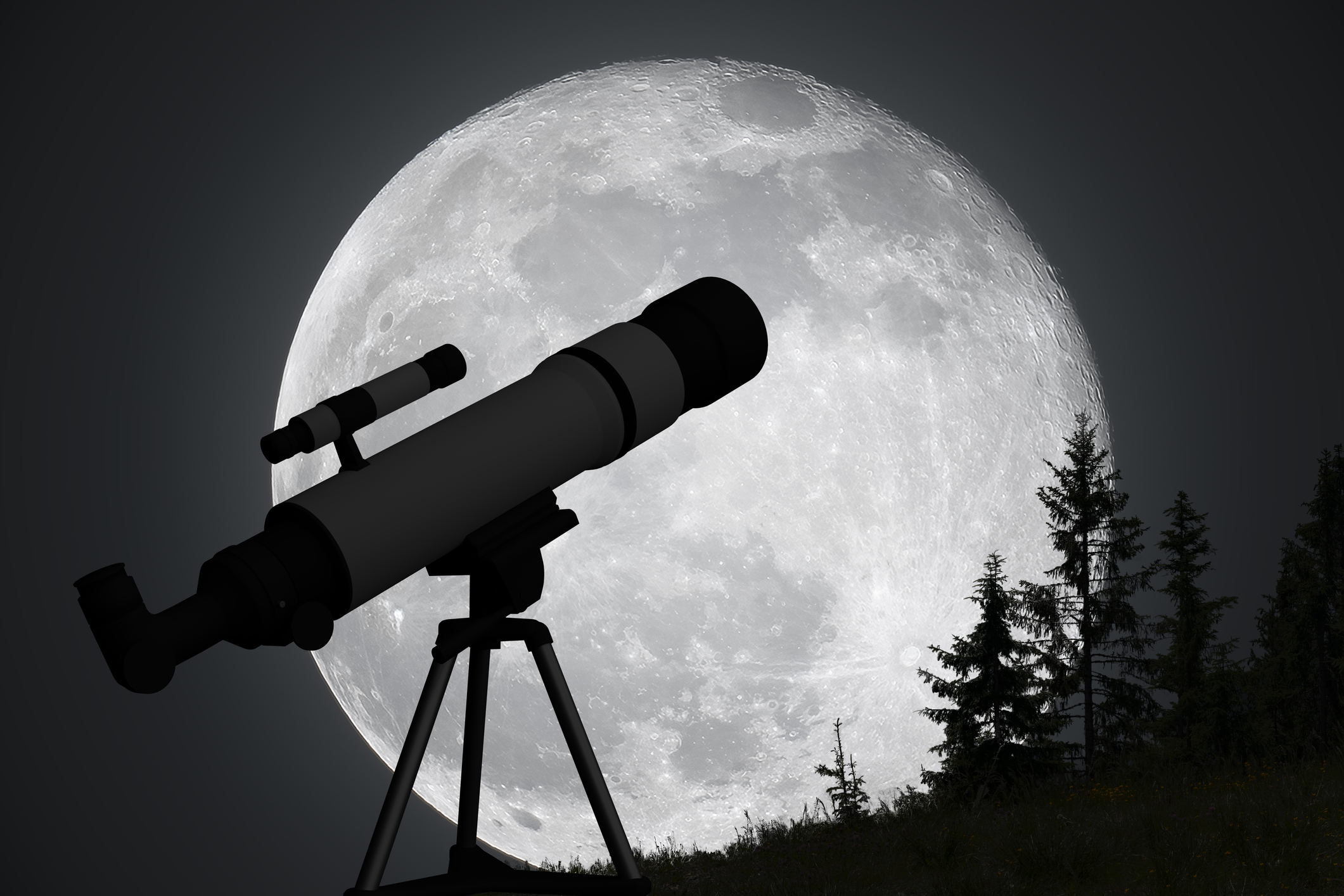Should the Next Generation of Observatories be Built on the Moon?
Posted on Categories Discover Magazine

Radio telescopes around the globe have provided scientists with data on astronomical phenomena for nearly a century. We have even built telescopes and sent them into orbit, the most recent of which — the James Webb Space Telescope (JWST) — has provided astronomers with brand new insights into the formation of early galaxies, nebula where stars are born, and the chemical composition of atmospheres of newly discovered worlds.
But science doesn’t stop. Astronomers have been asking what the next generation of telescopes should look like and, perhaps more interestingly, where they should be built.
Could We Ever Have Moon Telescopes?
An idea gaining popularity among researchers is to build the next generation of telescopes on the moon. But what advantages would observatories on the moon bring? And what are the practical limitations of actually doing this?
On Earth, we have an atmosphere. This is problematic if you want to capture the clearest images of space possible. However, Earth provides the ground to build large astronomical structures. Having telescopes with a large surface area means we can capture a broader range of waves in the electromagnetic spectrum, and this is good if you want to study a wide variety of astronomical phenomena.
“The optical telescopes on Earth are 8, 10, and up to 39 meters (in construction) but are limited in use by the weather conditions, in image resolution, by the atmospheric turbulence,” says astronomer Jean-Pierre Maillard from the Institute of Astrophysics in Paris, and who has made proposals for moon-based observatories.
Astrophysicists have circumnavigated some of the issues an atmosphere causes in making good observations by sending telescopes into space. There, we have unadulterated views of the sky in every direction. However, having telescopes in space presents a new set of constraints.
Read More: How the James Webb Space Telescope Takes Such Stunning Pictures
How Big Are Telescopes In Space?
Telescopes in space can’t be as big as those we build on the surface of Earth because they have to fit within a certain payload and could become vulnerable to space debris. Some telescopes that observe in the infrared also need cooling fluid — otherwise, they would give off too much of their own infrared radiation and ruin the images. This fluid can also evaporate or run out. Plus, space-based telescopes are hard to access if they need repairs or modification.
In theory, a moon-based telescope could be as large as those we have on Earth, and astronomers wouldn’t have to filter out an atmosphere through which to view the cosmos. But getting the telescope to the moon would be difficult since it would need cargo launchers.
“A big enough rover is needed to transport the station to the appropriate site. A permanent source of energy must be also available to deploy and operate the telescope,” says Maillard.
According to Maillard, the lunar poles have permanently shadowed regions (PSRs) inside impact craters that could serve as potential sites for a large telescope — sites that stay cold enough to allow for infrared observations without needing a coolant.
Some PSRs are as cold as 18 Kelvin (about -427 degrees Fahrenheit). According to Maillard, these temperatures could offer the necessary passive cooling for an infrared telescope. This is even a colder region than the JWST experiences.
Read More: James Webb Telescope Captures Eerie Image Of Pillars Of Creation
Why Are Moon-Based Observatories Better?
So, how would a moon-based observatory improve upon what we already have in terms of observational potential?
By extending sensitivity in spectral coverage, a moon-based observatory — in Maillard’s proposal — would be a 13-meter, multi-segment telescope and would give astronomers access to the far infrared.
“By its full diameter (4 times the JWST collecting area), it will be twice more sensitive in the common spectral domain […] offering an image resolution twice as good. But […] it would be a completely new tool since no space telescope for the far infrared has been having a comparable diameter,” says Maillard.
The far infrared is such a sought-after region of the electromagnetic spectrum to observe because this is where astronomers could access the earliest stages of galaxy formation in the primitive Universe.
Because these galaxies are so far away and because the Universe is expanding due to dark energy, the electromagnetic emissions of these early galaxies have redshifted to the far infrared regions of the electromagnetic spectrum. Having observational access to them would give astronomers and cosmologists invaluable data on how the first galaxies and stars formed — an insight into our cosmic dawn.
For now, NASA and the ESA don’t have concrete plans to build such an observatory on the moon. But as scientists start to build a larger presence there, through things like the upcoming Artemis mission, it’s possible that such projects could become feasible in the future — which would be much to the delight of astronomers and those of us interested in our cosmic origins.